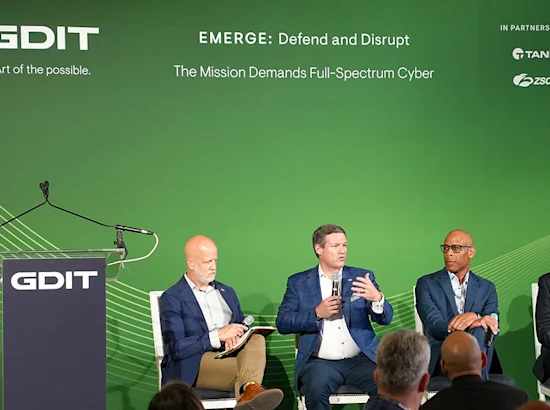As the world continues to rapidly evolve, cyber defense has become more critical than ever before. The White House’s recent National Cyber Strategy offers a comprehensive plan to ensure the nation is prepared to address emerging cyber threats and is a significant step forward in strengthening the cyber posture across government and industry.
There are few things to consider, as agencies look to internalize the strategy and adopt it to better protect their digital ecosystems.
Defend Critical Infrastructure
The National Cyber Strategy emphasizes the need to defend critical infrastructure, from energy to water systems, against cyber threats. Agencies should prioritize the adoption of minimum cybersecurity requirements across critical sectors to ensure national security and public safety. As they plan future investments, modernizing operational technology systems and adopting best practices to safeguard critical infrastructure will be crucial. Embracing zero trust architectures, endpoint detection and response capabilities, secure supply chain practices, are essential steps towards enhancing cyber defense capabilities.
Disrupt and Dismantle Threat Actors
To counter the increasing sophistication of cyber adversaries, the strategy advocates for a proactive approach, leveraging all instruments of national power. Collaborative efforts between agencies and the Department of Justice, Department of Defense, and US Cyber Command will be vital to disrupting adversaries and addressing the ransomware threat. Building strong partnerships with the private sector will create a united front against adversaries.
Shape Market Forces to Drive Security and Resilience
The strategy aims to shift the burden of cybersecurity away from individuals and small businesses by placing greater responsibility on organizations best positioned to reduce risk. As a result, agencies are focusing on promoting privacy, data security, and establishing liability for software products and services. The strategy has an increase focus on software security and reducing vulnerabilities to ensure software products and services should have secure development practices.
Invest in a Resilient Future
The rapid pace of technological innovation necessitates strategic investments in research and development to maintain U.S. leadership in secure, next-generation technologies. Agencies are prioritizing R&D in areas like post-quantum encryption, digital identity solutions, and clean energy infrastructure. Developing a diverse and robust national cyber workforce is essential to meeting the ever-growing demand for skilled cybersecurity professionals.
Forge International Partnerships to Pursue Shared Goals
With the global nature of cyber threats, the National Cyber Strategy underscores the importance of international collaboration in fostering a more secure cyberspace. By working closely with allies and partners, agencies will be better positioned to counter threats, build capacity, and develop secure, reliable supply chains for information and communications technology and operational technology products and services.
As the National Cyber Strategy is implemented, agencies may face funding challenges and increased liability for failure to address cyber issues. Mission partners can help agencies navigate the changing cybersecurity landscape. GDIT is well-positioned to assist agencies in adopting best practices and modernizing legacy systems to support zero trust architectures, secure software supply chain, and advanced detection and response using automation technologies. This will enable Federal agencies to better protect their digital ecosystems and fulfill their mission-critical objectives.






